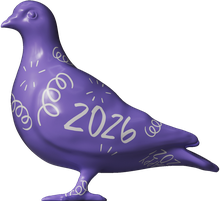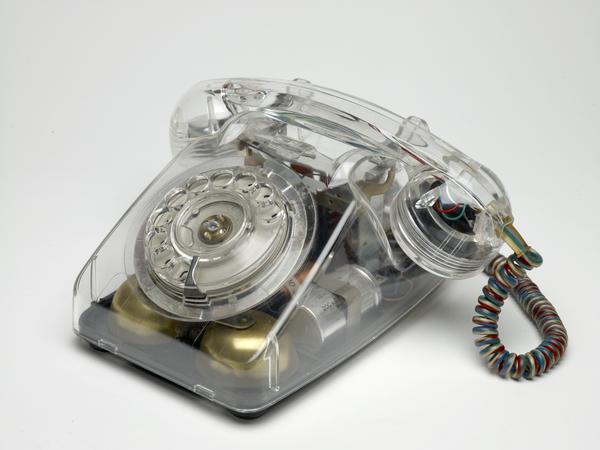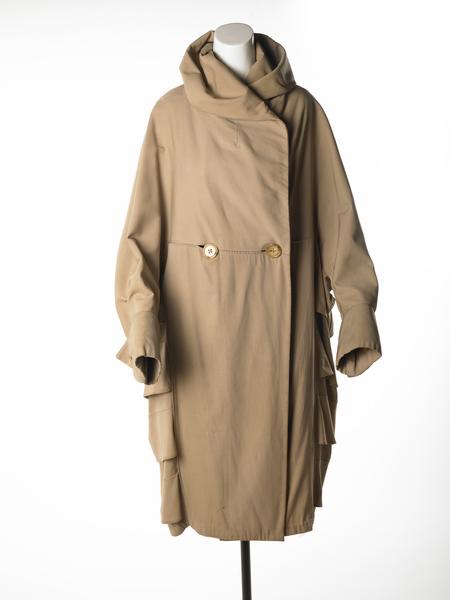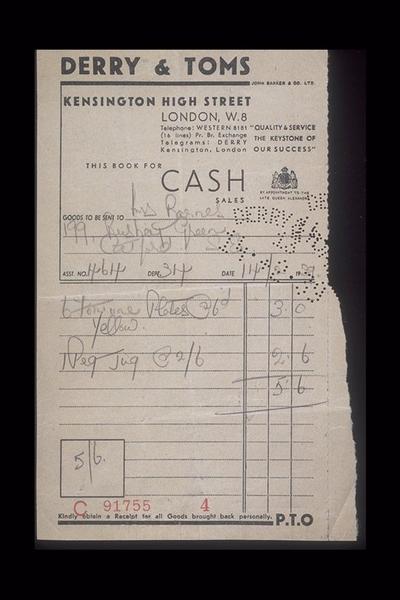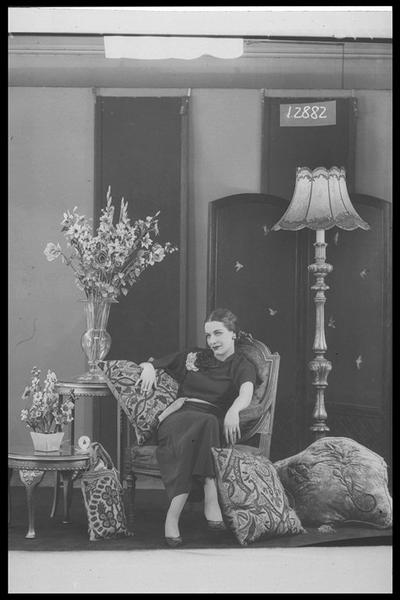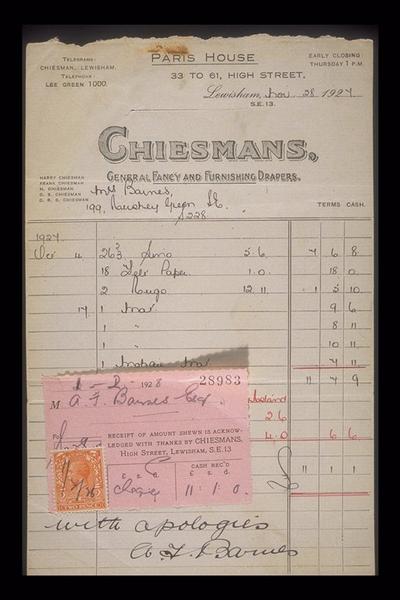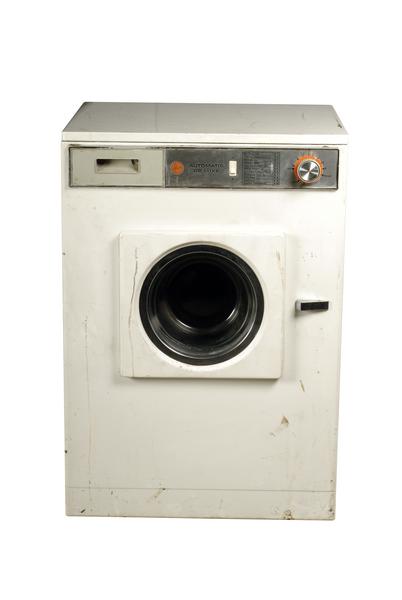London’s lost department stores
In the early 1900s, the capital had over 100 department stores. While Harrods, Liberty’s and Selfridges are still anchored onto London’s streets, others – each with their own colourful and curious history – have long disappeared. Take a trip down memory lane with these landmarks from London's golden era of department store shopping.
Since the 1800s
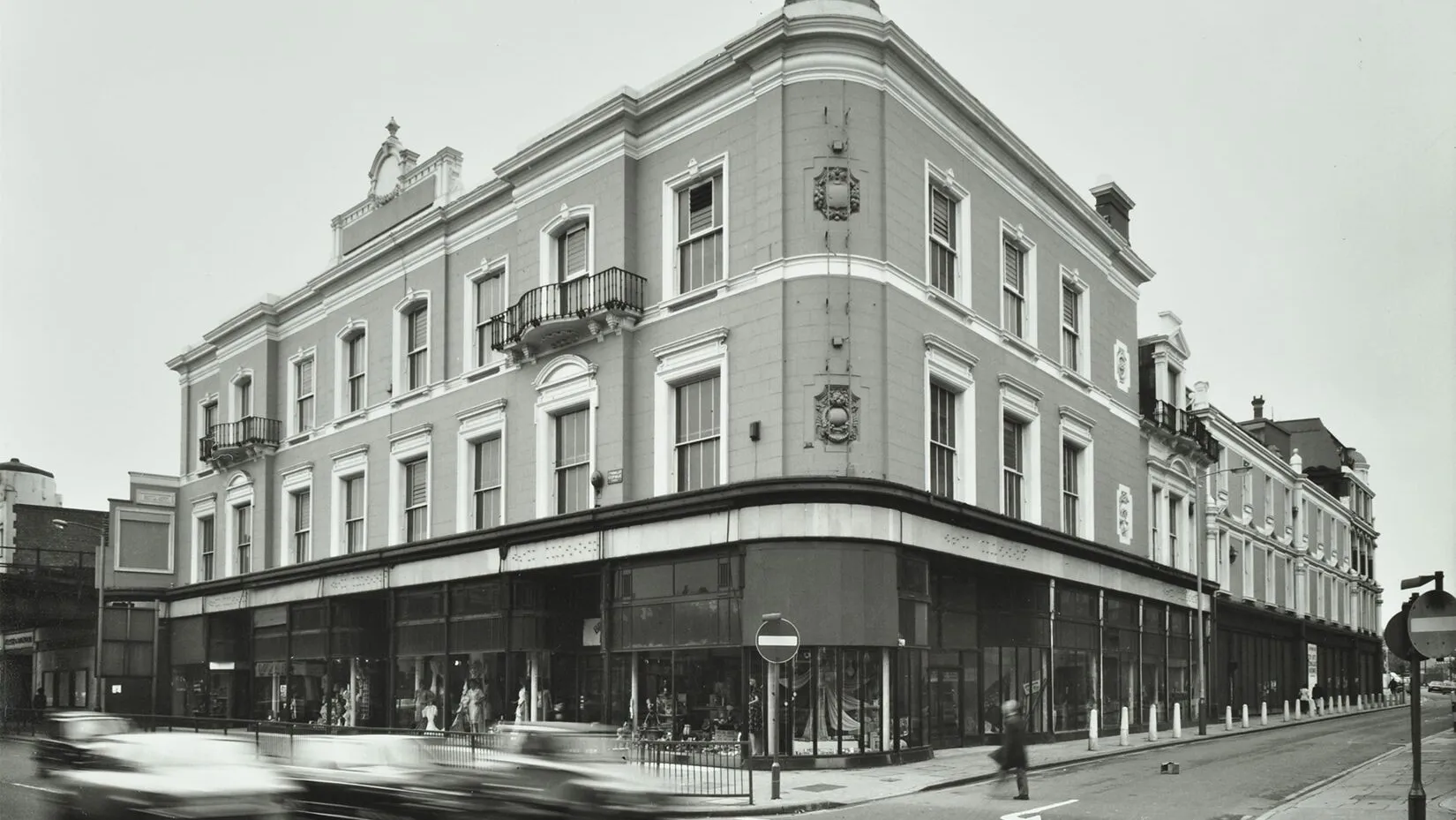
Bon Marché, Brixton Road, 1877–1975
London’s first purpose-built department store took the same name as a famous Parisian emporium. Businessman James Smith opened Bon Marché using big winnings from the horse races. It was one of the first stores to have onsite staff accommodation and a pneumatic tube system to move receipts and money around the building.
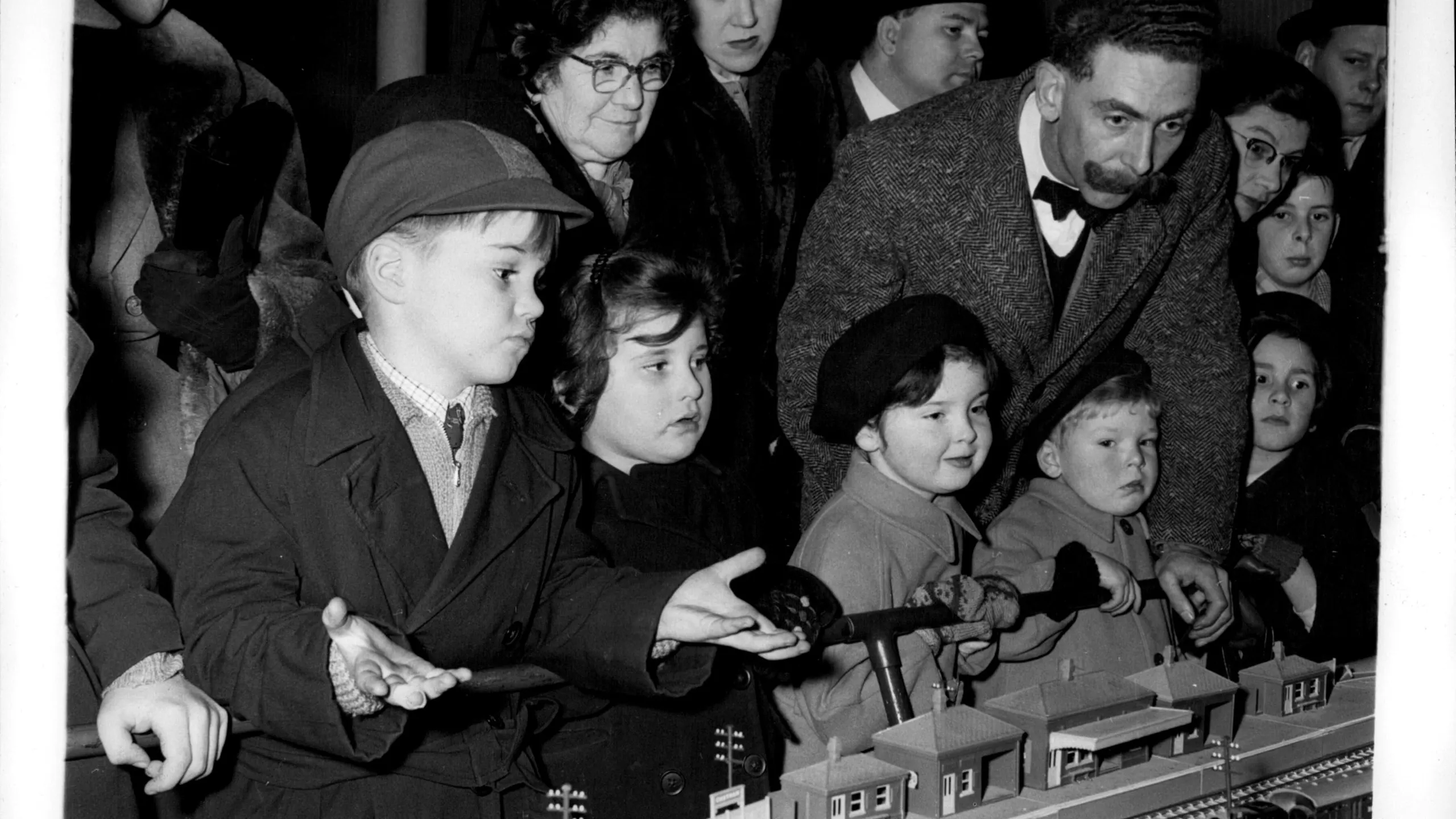
Gamages, Holborn, 1878–1972
Starting with one shop and expanding into neighbouring premises, Gamages became a warren-like building offering a huge range of items. You could buy furniture, sports equipment and animals – including chimpanzees and porcupines – at competitive prices. But it became best known for its selection of children’s toys rivalling Regent Street’s Hamleys. It called itself “The People’s Popular Emporium”.
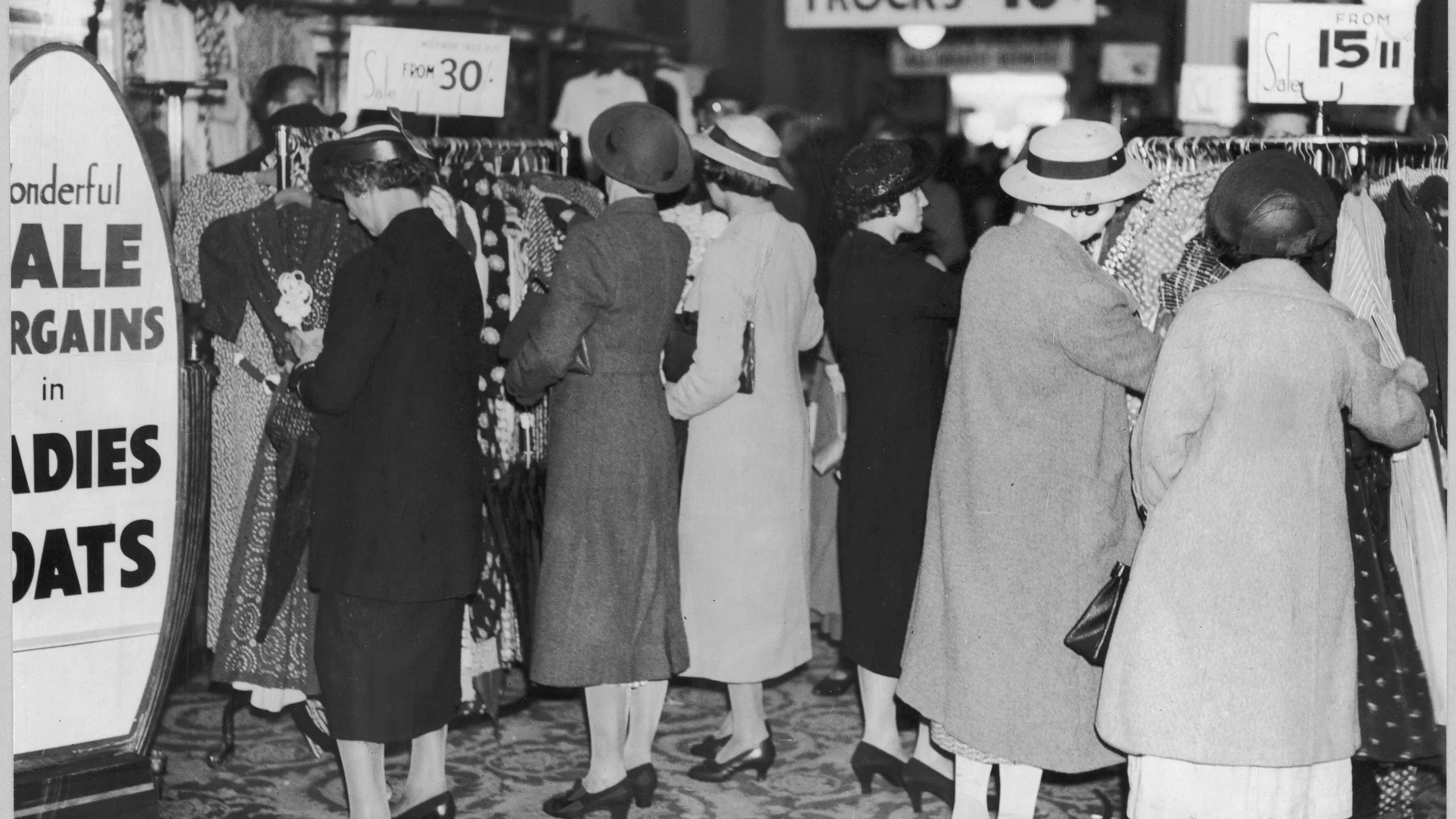
Derry & Toms, Kensington High Street, 1862–1973
Beginning life as a small drapery, Derry & Toms expanded into a vast retailer for South Kensington’s upper classes. After the First World War, it was rebuilt into a six-story, Art Deco-style store – featuring a roof garden with flamingos. It closed in 1973, to be turned into another lost shopping landmark: Big Biba.

Swan & Edgar, Piccadilly Circus, 1812–1982
George Swan and William Edgar’s haberdashers evolved into one of London’s largest department stores. It was popular for its range of high quality goods and fashionable clothes. Shoppers could also refuel with onsite tea and refreshments. The Suffragettes targeted the store in their window-smashing campaign in November 1911.
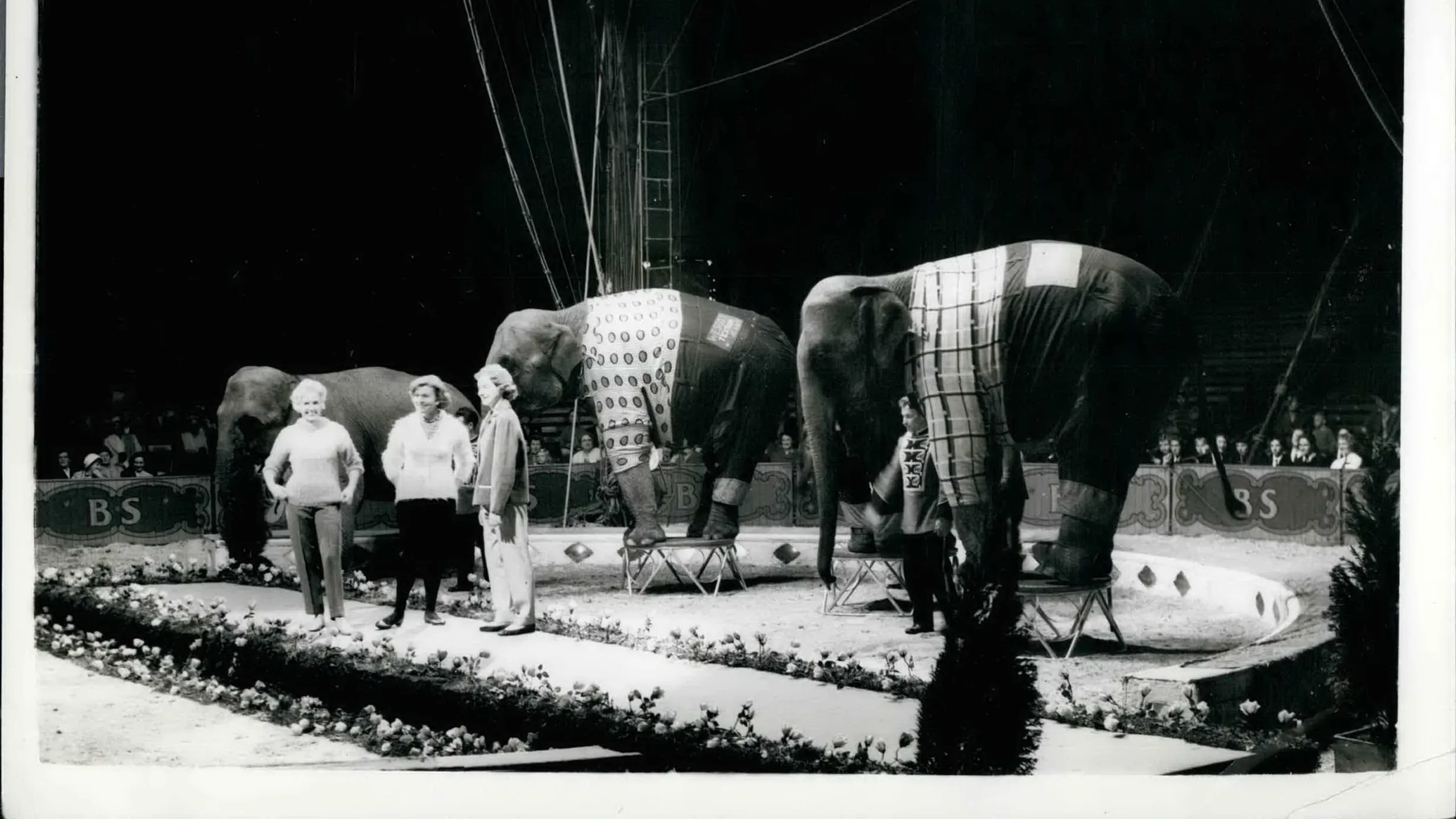
Chiesmans, High Street, Lewisham, 1884–1997
Founded by brothers Frank and Harry Chiesman, this Lewisham institution pulled intriguing stunts to attract customers. In the 1930s, Chiesmans brought wild animals to the store – including elephants, birds and Vixen the lioness. It was once the largest department store in south east London. Now, it’s the site of Lewisham Police Station.

Marshall & Snelgrove, Oxford Street, 1833–1975
Marshall & Snelgrove was an exclusive West End destination selling drapery and high quality fashion only, like this fur coat and sequin dress. From the 1870s, the store occupied grand, purpose-built premises on Oxford Street. It had lavish displays and decor, sold ready-to-wear clothing and had couture workrooms making their own designs. It merged with Debenhams & Freebody in 1919, but still traded as Marshall & Snelgrove until it closed in the 60s. The flagship Debenhams store opened on the site in 1973.
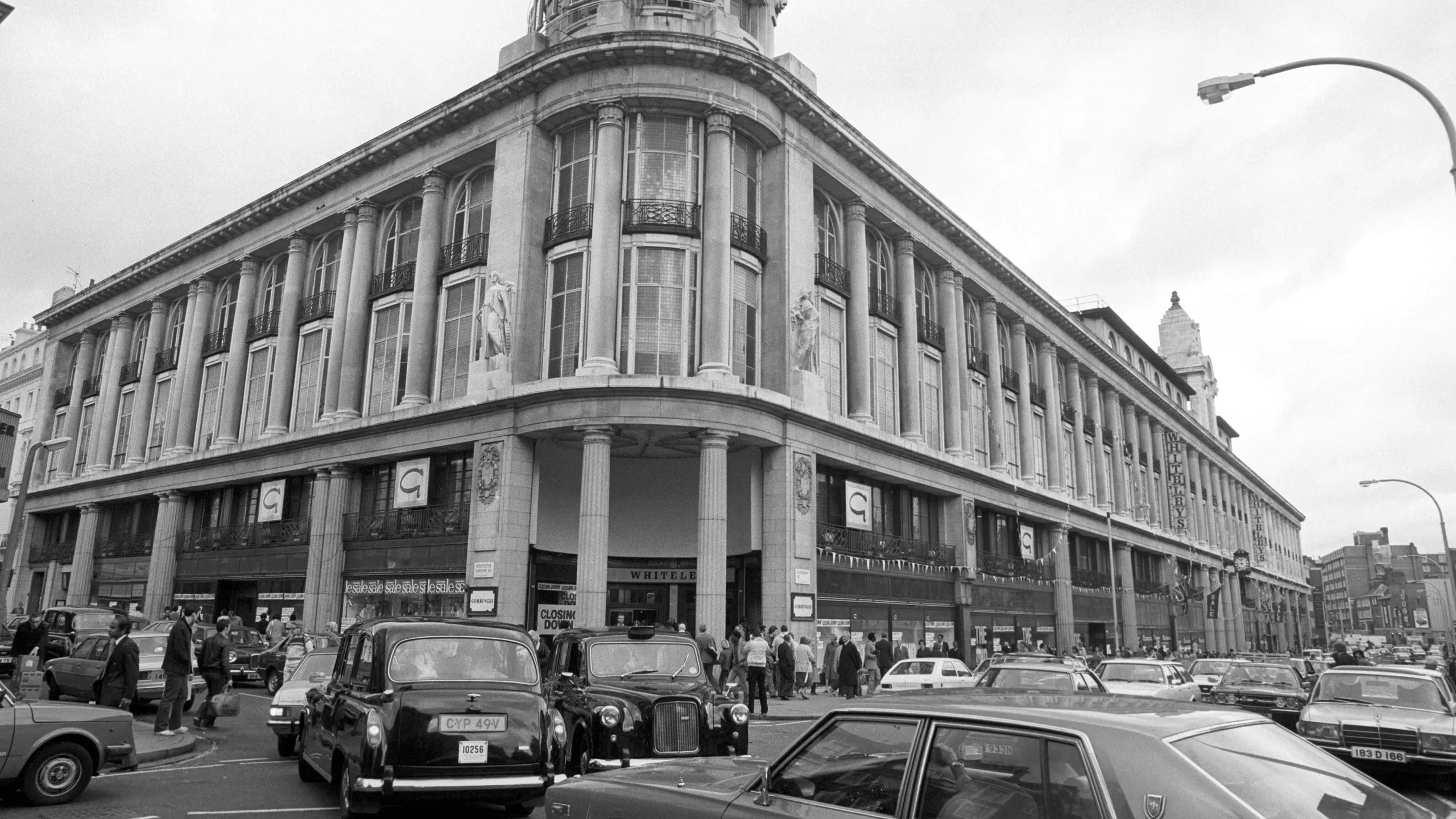
Whiteley’s, Westbourne Grove and Queens Road (now Queensway), 1863–1981
By 1900, Whiteley’s had expanded from a small drapery to a large department store. Most of its 6,000 staff lived in-house – typical of department stores at the time – and worked from 7am–11pm. It relocated to Queens Road in 1911 and became known as “The Harrods of Bayswater”, serving fashionable west Londoners with clothes and all kinds of household goods.
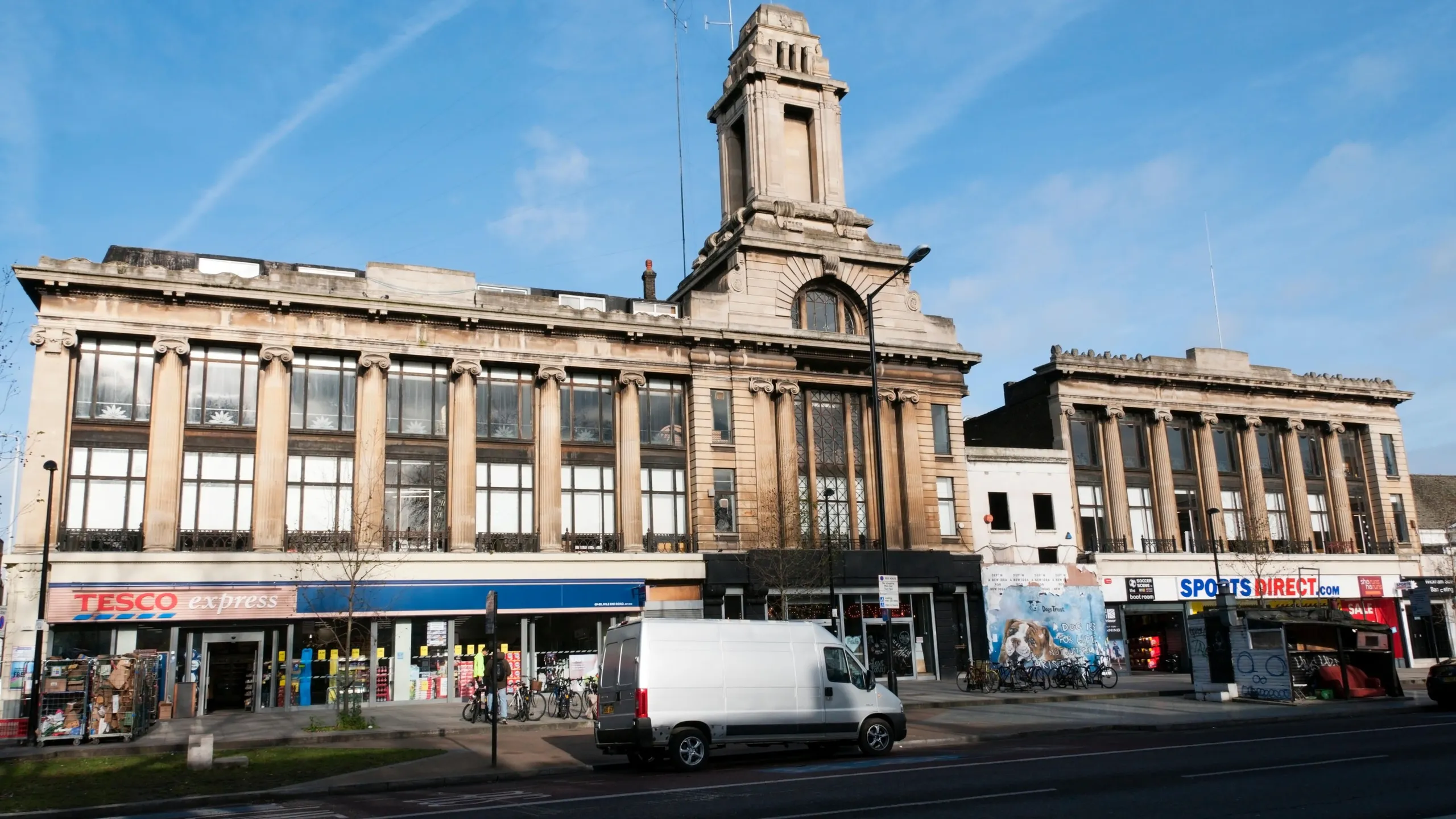
Wickhams, Mile End Road, 1850s–1969
In the 1920s, this East End department store acquired almost an entire block to build a shop to rival Selfridges. But the neighbouring clockmaker and jewellers called Spiegelhalters refused to be bought out. Wickhams were forced to build their new emporium around the small shop front. The gap-toothed building still stands today.

Bourne & Hollingsworth, Oxford Street, 1894–1982
Bourne & Hollingsworth was founded in 1894 as a drapery store on Westbourne Grove. The family-run business moved to Oxford Street in 1902 and expanded into a fully-fledged department store selling clothing, haberdashery and more. In 1954, it was used as the set for The Crowded Day, a film charting one day in the life of several young women working in a London department store.

Kennards, North End, Croydon, 1853–1973
“We Entertain To Sell and We Sell To Entertain” – that was the mission statement of Kennards manager Jimmy Driscoll until he retired in 1950. He used circus animals to promote bargains. And turned the rooftop into the “Playground in the Sky” featuring Punch and Judy shows and a miniature railway.
London’s Lost Department Stores: A Vanished World of Dazzle and Dreams by Tessa Boase.

